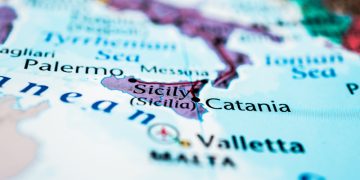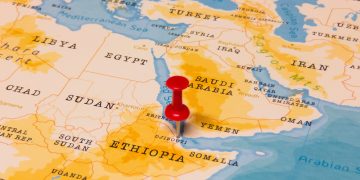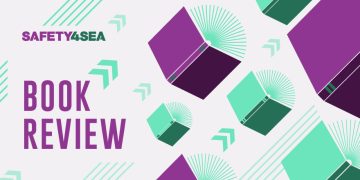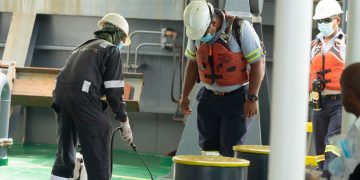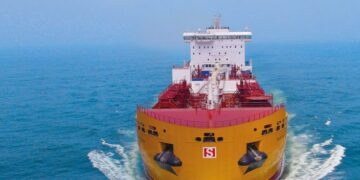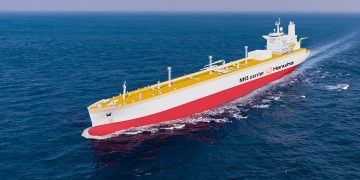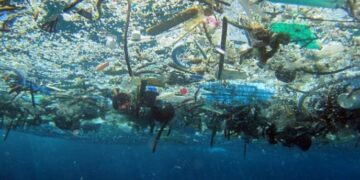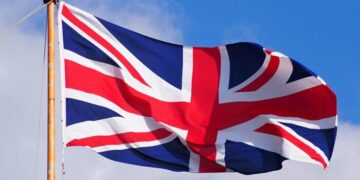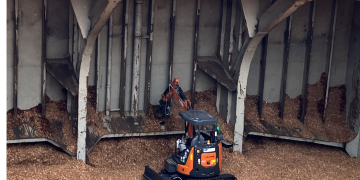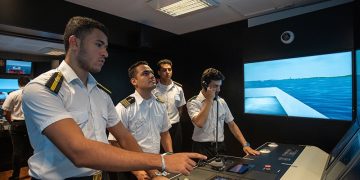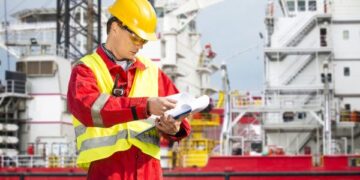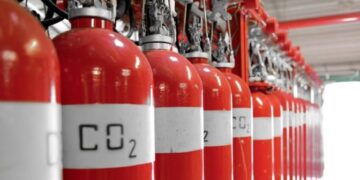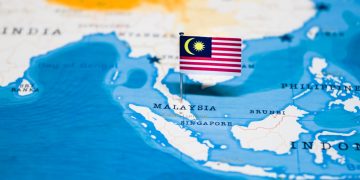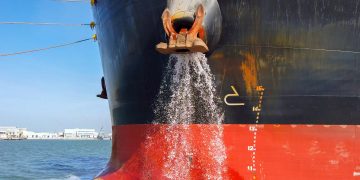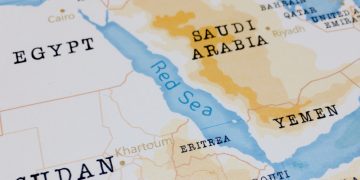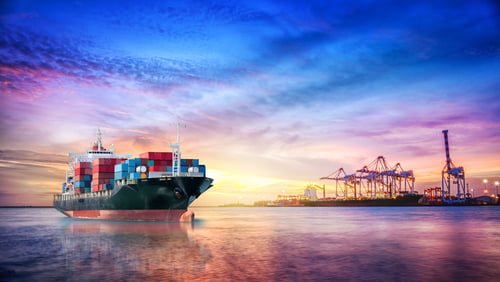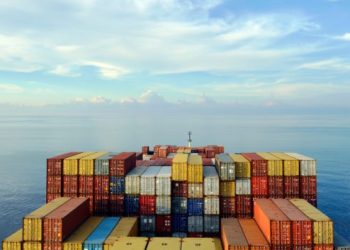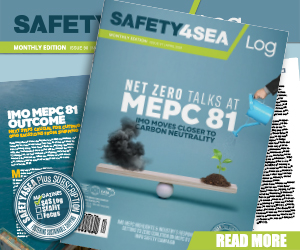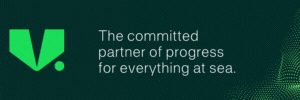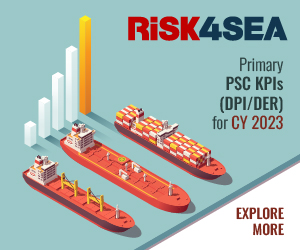Britannia Club’s published its most recent loss prevention insight, focusing on safe passage plan. As the club says a detailed passage plan is vital for the safe navigation of a vessel, while a defective passage plan can have serious consequences.
Appraisal and planning of passage plan
All information relevant to safe navigation during the voyage should be included in the passage plan in an easy to use format. This should also consider any marine environmental protection measures that need to be complied with during the voyage.
To help the navigation officer with preparing the passage plan in a systematic manner and to address the risk of any important information getting missed, Britannia recommends that a ‘Passage Planning Checklist’ is made available as part of the onboard SMS.
Furthermore, the navigation officer should discuss the next voyage with the master, especially any concerns and certain points of the voyage that will require special attention to ensure safe navigation.
Adequate nautical charts and publications
It should be verified that adequate nautical charts and publications are on board covering the entire forthcoming voyage. Furthermore, that these are issued by, or on behalf of, an authorised government institution.
In cases where required charts or publications are not on board, the SMS should describe how new charts and publications can be obtained prior to departure.
Update of nautical charts and publications
Al nautical charts and publications should be the most recent edition and kept up to date, urges Britannia.
These can be received either in hardcopy or via email with the latter being preferred, ensuring that corrections are promptly received and electronic files are quickly updated
Corrections should be carried out as soon as possible after being received, while time restrictions might prevent all corrections being completed before departure and in such cases the corrections for the next voyage should be prioritised.
Finally, charts and publications yet to be updated should not be utilised and be clearly separated from those in use.
Dangers to navigation
All areas where the vessel cannon navigate safely should be clearly marked. In fact, when operating with ECDIS, the bridge team should be familiar with the CATzOC (Category zone of Confidence) and how this is correctly applied to determine the reliability of the stated water depth along with its positional accuracy.
Consideration should also be given as to how to maintain safe navigation both when in the vicinity of danger areas and throughout the voyage. This includes but is not limited to:
- When increased position plotting intervals are to be applied, with maximum intervals stipulated.
- Means to verify the vessel’s position e.g., using terrestrial, dead reckoning or celestial bodies. Electronic positions should be regularly corroborated by other means.
- Indicating wheel over points and rate of turn when approaching waypoints.
- Indicating the use of Parallel Indexing where suitable.
- Minimum Under keel Clearance (UkC) required for each stage of the voyage, e.g., deep sea, coastal and when entering or leaving port, in accordance with the SMS. Where the required UkC cannot be achieved, the onboard SMS should provide the master with detailed guidance on the precautions to be taken.
- Safe speed for each stage of the voyage. Considering the proximity of navigational hazards to the planned track, the draught in relation to the depth of water, the anticipated traffic density and the manoeuvring characteristics of the vessel.
- Use of the echo sounder, including any recording mechanism where fitted.
- Safe abort points.
Approval and familiarisation with the passage plan
When the passage plan is ready, the Master should review all charts and information gathered before approval. On ECDIS an automatic route verification feature may be available.
[smlsubform prepend=”GET THE SAFETY4SEA IN YOUR INBOX!” showname=false emailtxt=”” emailholder=”Enter your email address” showsubmit=true submittxt=”Submit” jsthanks=false thankyou=”Thank you for subscribing to our mailing list”]
However, Britannia notes that this should be used with caution and a careful manual check of the route at the most suitable scale is recommended. When approved by the master, no further changes should be made to the plan without his prior consent.
What is more, any changes should be consistent with the IMO’s guidelines and should be clearly marked and recorded.
Subsequently all deck officers should also fully familiarise themselves with the passage plan. This includes awareness of any T/Ps, navigational warnings or local
notices issued for the planned voyage or other navigational dangers.
Executing and monitoring
As per the IMO’s guidelines, factors which should be taken into account when executing the plan, or deciding on any deviation from it include:
- Reliability and condition of the vessel’s navigational equipment.
- Estimated times of arrival at critical points for tidal heights and flows.
- Meteorological conditions, particularly in areas known to be affected by frequent periods of restricted visibility, as well as weather routeing information.
- Day time versus night time passing of danger points and any effect this may have on the accuracy of position fixing.
- Traffic conditions, especially at navigational focal points.
Throughout the voyage the master should continuously assess whether the prevailing circumstances may require the utilisation of additional deck personnel on the bridge.




